Which colour corrector should you use for dark circles, redness and more? Our guide outlines the best shade for each concern
Colour correcting is all about subtly neutralising discolouration, for a naturally bright finish
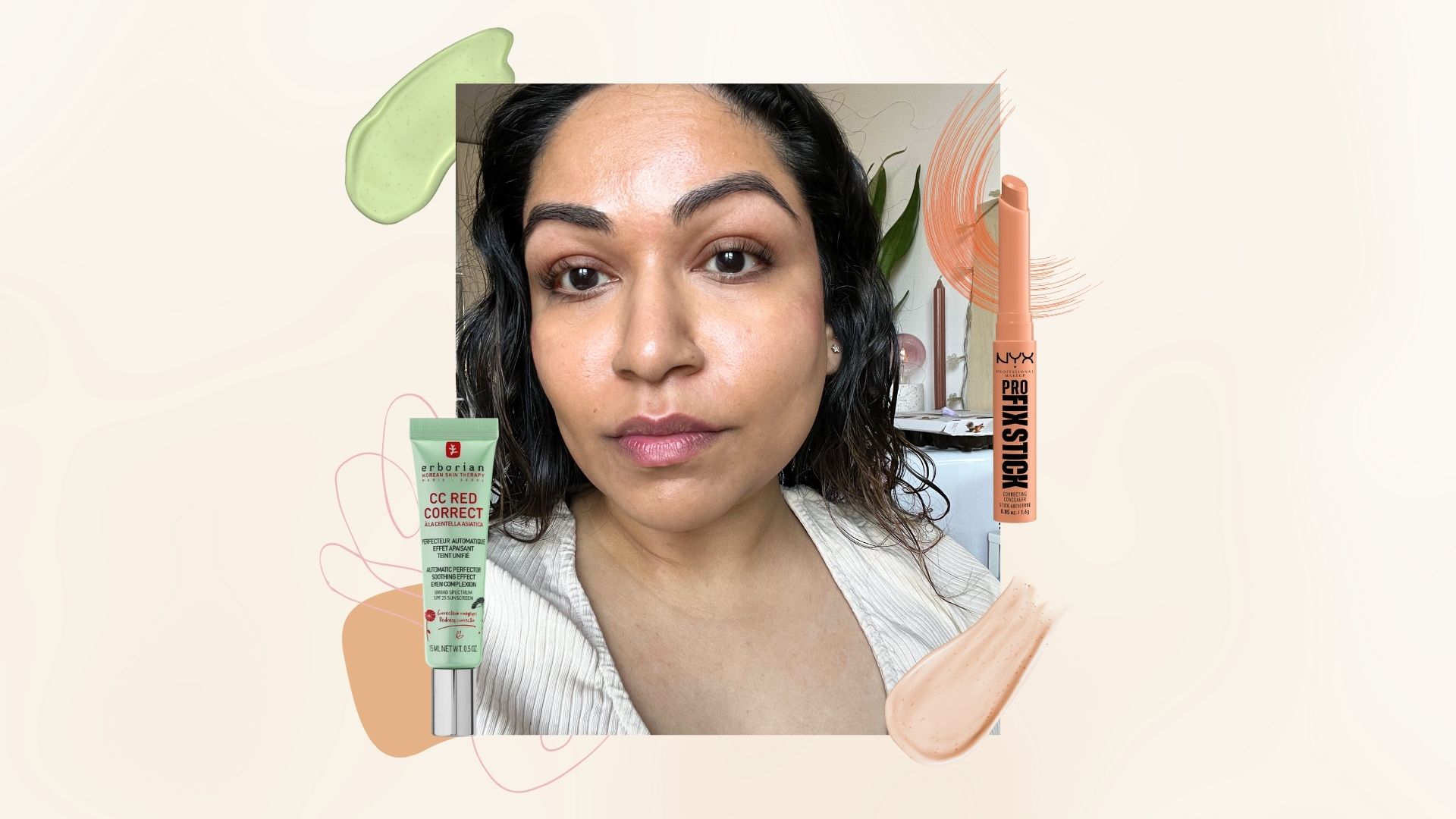

Most of us have some sort of discolouration on the skin that we want to cover up, be it dark circles under the eyes, redness on the cheeks or hyperpigmentation patches around the nose and lips. And while we tend to reach for concealer or even our best foundation to cover it up, using colour corrector could be a better solution.
"Colour correcting works by using colour theory concepts that are used in art," explains Karl Hodson, International Education Manager and Lead Artist at Laura Mercier. "In colour theory, when you mix two ‘complementary’ colours together – the colour is neutralized."
So if even your best eye cream for dark circles isn't quite getting the job done, or you want something less obvious than a concealer, this is how to use colour corrector for dark circles, redness and more...
Our guide to colour corrector - for dark circles, red skin, dullness and more
From how to use colour corrector for dark circles, red skin and dullness to before and after examples and some of our favourite product picks, this is everything you need to know about colour correcting...
First, what actually is colour correcting?
Colour correcting is a concealing technique that essentially neutralises the colour of the imperfection on your skin, to create an even and blended tone.
While a general, skin-coloured (or similar) concealer will cover imperfections and even create brightness in certain areas, colour correcting uses the opposite tone of the colour wheel to counteract any unwanted colour on your skin.
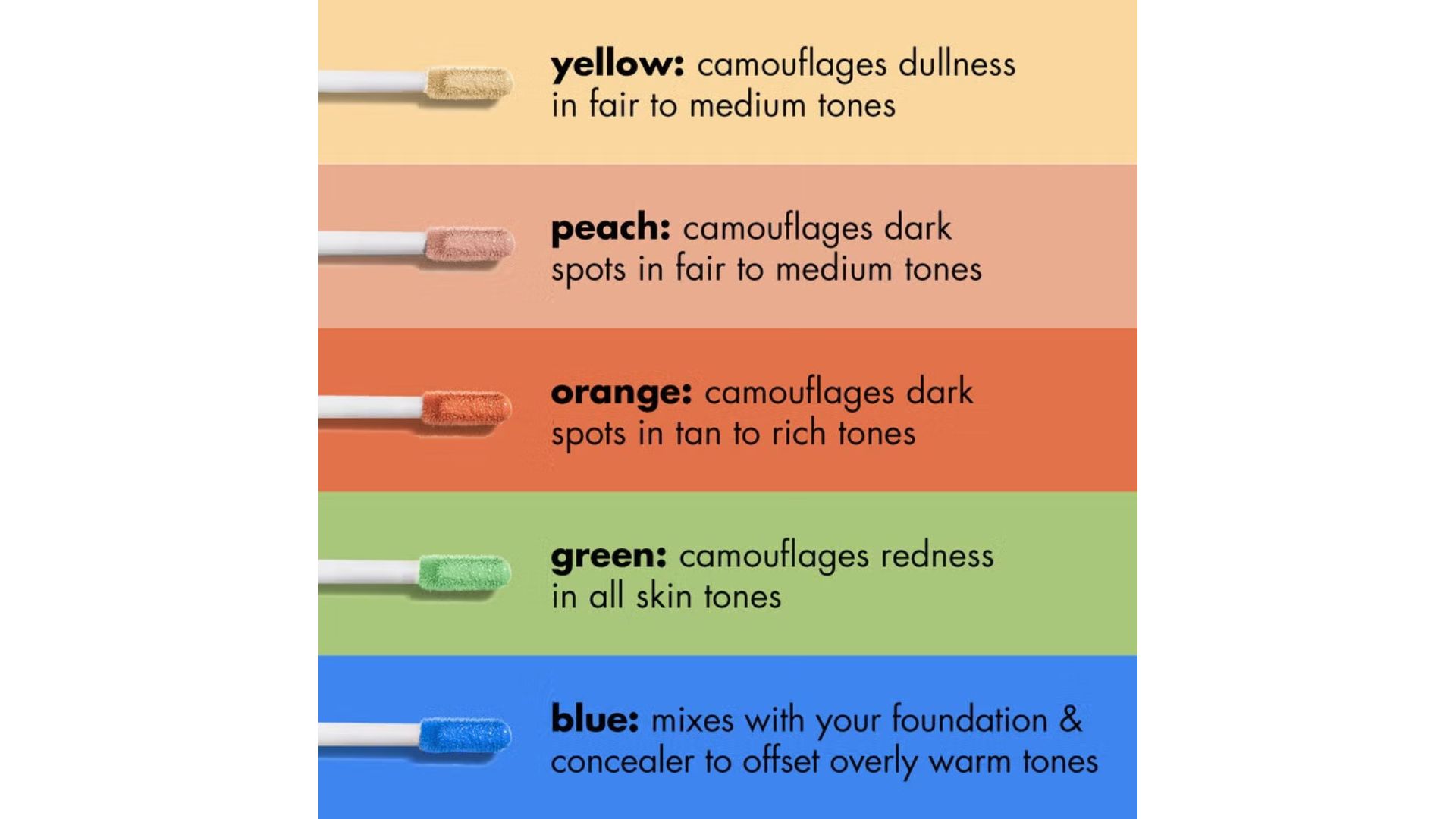
"It's all about balance," says Jess Kohn, Lead Makeup Artist for UK and Ireland at Laura Mercier. "As artists, we use opposite tones on the colour wheel to neutralise discolouration and bring harmony to the complexion. It’s a technique that lets skin look flawless, without feeling or looking heavy. By cancelling out discolouration with the right undertone, we create a balanced, even canvas with less product and more natural dimension."
Sign up to our free daily email for the latest royal and entertainment news, interesting opinion, expert advice on styling and beauty trends, and no-nonsense guides to the health and wellness questions you want answered.
This will create an even tone that works as a base for further enhancement, like using a concealer or even foundation on the skin.
So, do you need both a colour corrector and a concealer?
Essentially, it depends on what kind of look you're going for. Colour correcting works to neutralise dark circles and spots, redness on the skin and even concerns like dullness or shadows on the skin.
Concealer, on the other hand, will create an even base for your foundation, add a seamless finish to blemishes or highlight brightness in different areas. So if you've neutralised any redness or perhaps under-eye circles with a colour corrector, you could then go in and add some brightness to the naturally more dull areas of the face, like under the eyes or around the nose and mouth.
It's not one or the other with these two products, they work together to create a seamless makeup base.
How to use colour corrector
Now that we've got the basics explained, here's how to use colour corrector for whatever skin concern you're looking to target...
Colour corrector for dark circles
Lighter skin tones: Pink - peach
Deeper skin tones: Dark peach - orange
For any colour correcting that you do, it's always important to consider the natural skin tone before applying, as this will impact the exact shade you should use.
For dark spots and circles, it's usually pink, peach or orange tones that tend to neutralise any darkness or hyperpigmentation.
"Undereye darkness tends to be purple or blue-ish in tone," says Hodson. "The complementary colour to blue is orange, therefore using a peach colour corrector will neutralise any cool tones and restore balance and brightness to the under eye."
"Using a concealer with a pinky peach 'cool' undertone will lift darkness or purple hues in lighter skin tones," adds Kohn. "For deep complexions, warmer concealers with orange undertones correct any hyperpigmentation beautifully without dulling the skin."
Need a pink colour corrector for dark circles? Try this Kosas concealer in shade Magic
Need a peach colour corrector for dark circles? Try this NYX concealer in shade Dark Peach
Need an orange colour corrector for dark circles? Try this Huda Beauty concealer in shade Mango
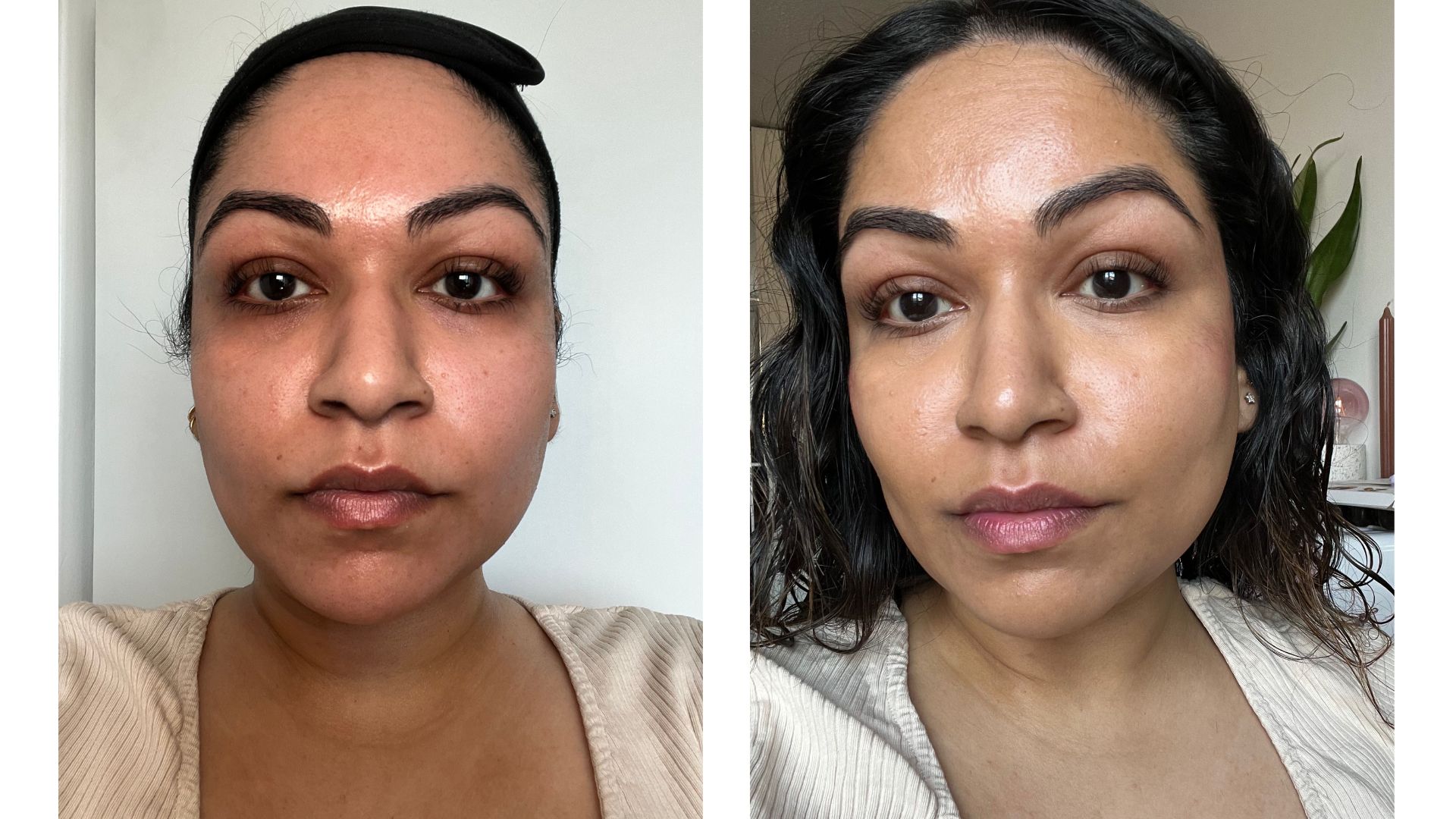
Before and after showing Aleesha wearing peach colour corrector for dark circles and hyperpigmentation
Colour corrector for redness
Lighter skin tones: Green
Deeper skin tones: Green or yellow
When it comes to neutralising redness on the skin, green colour correctors tend to be a reliable bet for most skin tones.
However, Kohn advises that "yellow or golden tones help neutralise surface redness for deeper skin tones" as well, "making them ideal around the nose or blemish-prone areas."
Need a green colour corrector for redness? Try this Erborian CC cream
Need a yellow colour corrector for redness? Try this e.l.f. concealer in Yellow
Colour corrector for dullness
Lighter skin tones: Pink or yellow
Deeper skin tones: Yellow or green
"To brighten dull or tired-looking skin, a pink undertone subtly corrects sallowness and instantly brings light to the complexion," advises Kohn, "especially under the eyes or through the centre of the face."
Yellow can also work really well for adding a touch of brightness to the skin, especially in deeper skin tones. However, these skin tones can also benefit from a very slight touch of green in darker areas too.
Need a pink colour corrector for dullness? Try this Kosas concealer in shade Magic
Need a green colour corrector for dullness? Try this Erborian CC cream
Need a yellow colour corrector for dullness? Try this e.l.f. concealer in Yellow
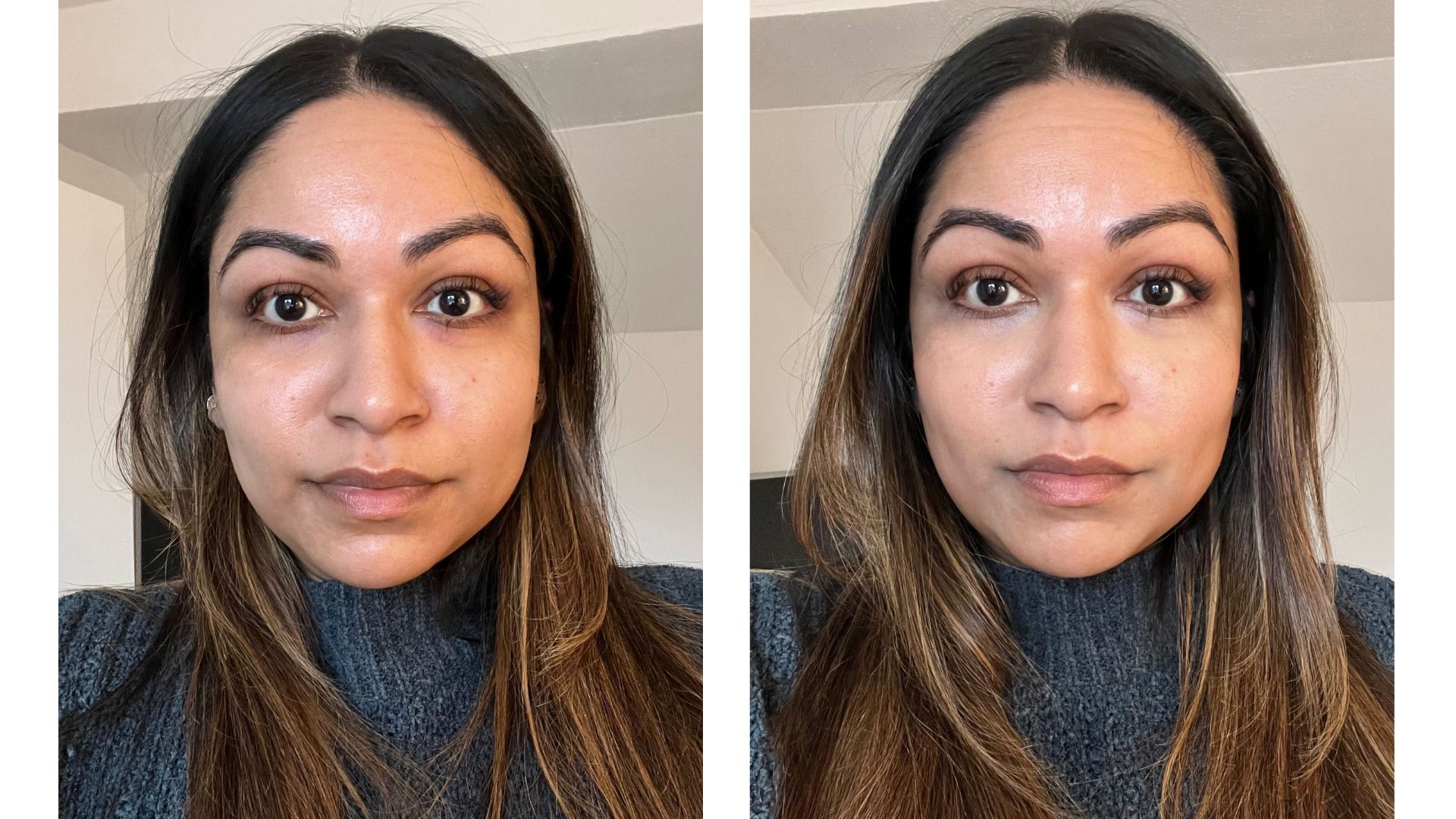
Before and after showing Aleesha wearing green colour corrector for dullness
How to apply colour corrector
There are different ways to apply colour corrector, but the main thing to remember is to start small.
"Colour correcting products can be used in many ways – my top tip is ‘less is more’," advises Hodson. "It can be tempting to use a heavy dosage of that orange colour corrector to cancel out under eye darkness, but applying in feather light layers will ensure the skin still looks like skin and makeup remains undetectable. Wait for any cream colour correcting products to dry down for at least 30 seconds before applying light layers of concealer, this will stop the product underneath from being disturbed."
- Apply a very small amount of colour corrector on the areas of discolouration that you want to neutralise.
- Tap in with a finger, blend with a brush or buff in with a sponge.
- Add more as you go, if needed.
- If using concealer as well, this is the time to go in with it. "Tap it in gently with your fingertip or use a small brush for precision," advises Kohn.
- "Once you’ve colour corrected with cream products, setting with powder is essential to lock in your makeup and extend wear," says Kohn. "I always reach for our Laura Mercier's Translucent Loose Setting Powder—it sets without adding weight or texture. The Pink Tone-Up shade is beautiful for brightening under the eyes on a fair complexion or you could use our 'Honey' Shade if you have a deeper complexion to add in warmth, brightness and dimension. Powder is that final touch that brings it all together."
Three tried and tested colour correctors for beginners, if you're ready to give it a try
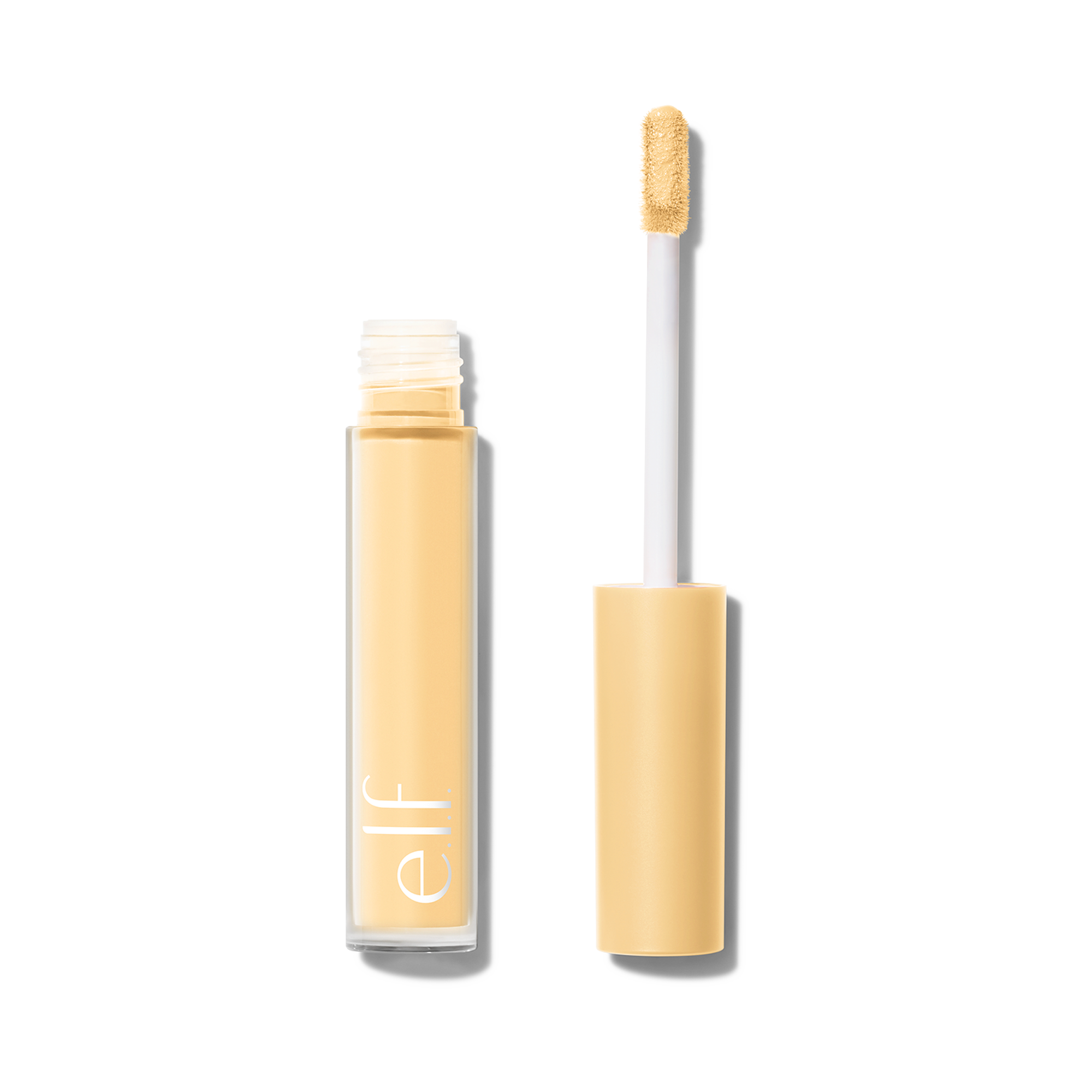
A creamy formula that blends easily and lasts for most of the day, I love this affordable option. It comes in five different colours, all of which target different concerns. In my opinion, this is one of the most effective colour correcting products, given the pigment of the formula.
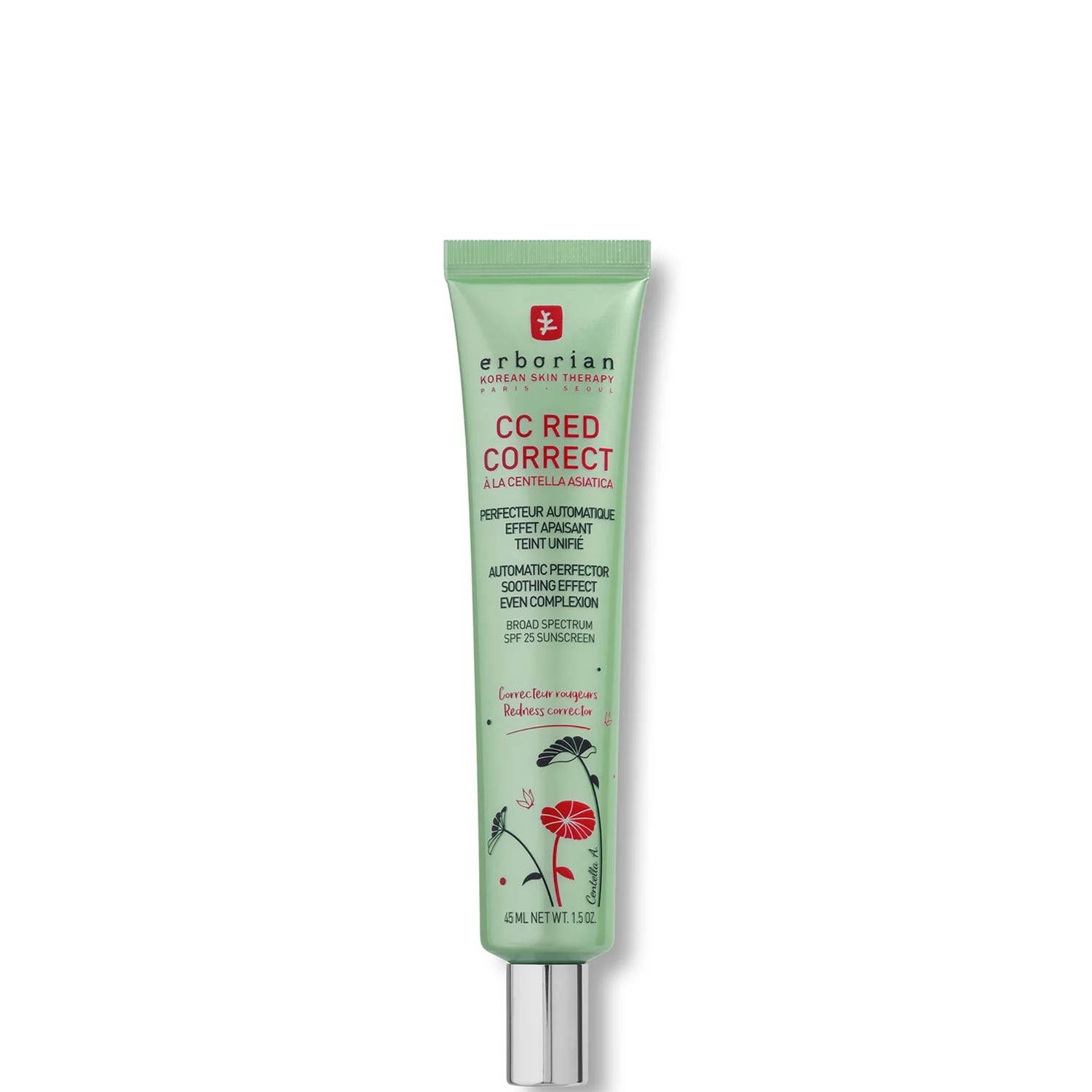
This super creamy formula is easy to blend and stays put through most of the day. It isn't drying on the skin, which I've found can be the case with colour correctors, and it adds a subtle brightness to the areas of the my face where I apply, making the darker areas appear more contoured.
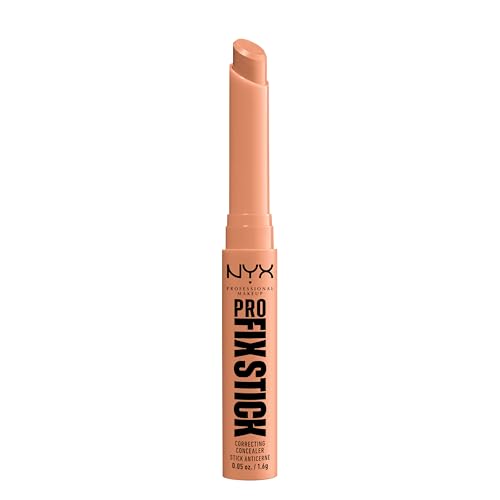
I use this lightweight colour corrector everyday. Its buttery texture glides on easily and blends seamlessly, but somehow the product still manages to last well throughout the day. I use it on my undereye circles, around my nose and on the corners of my lips, and then set with a dab of powder.
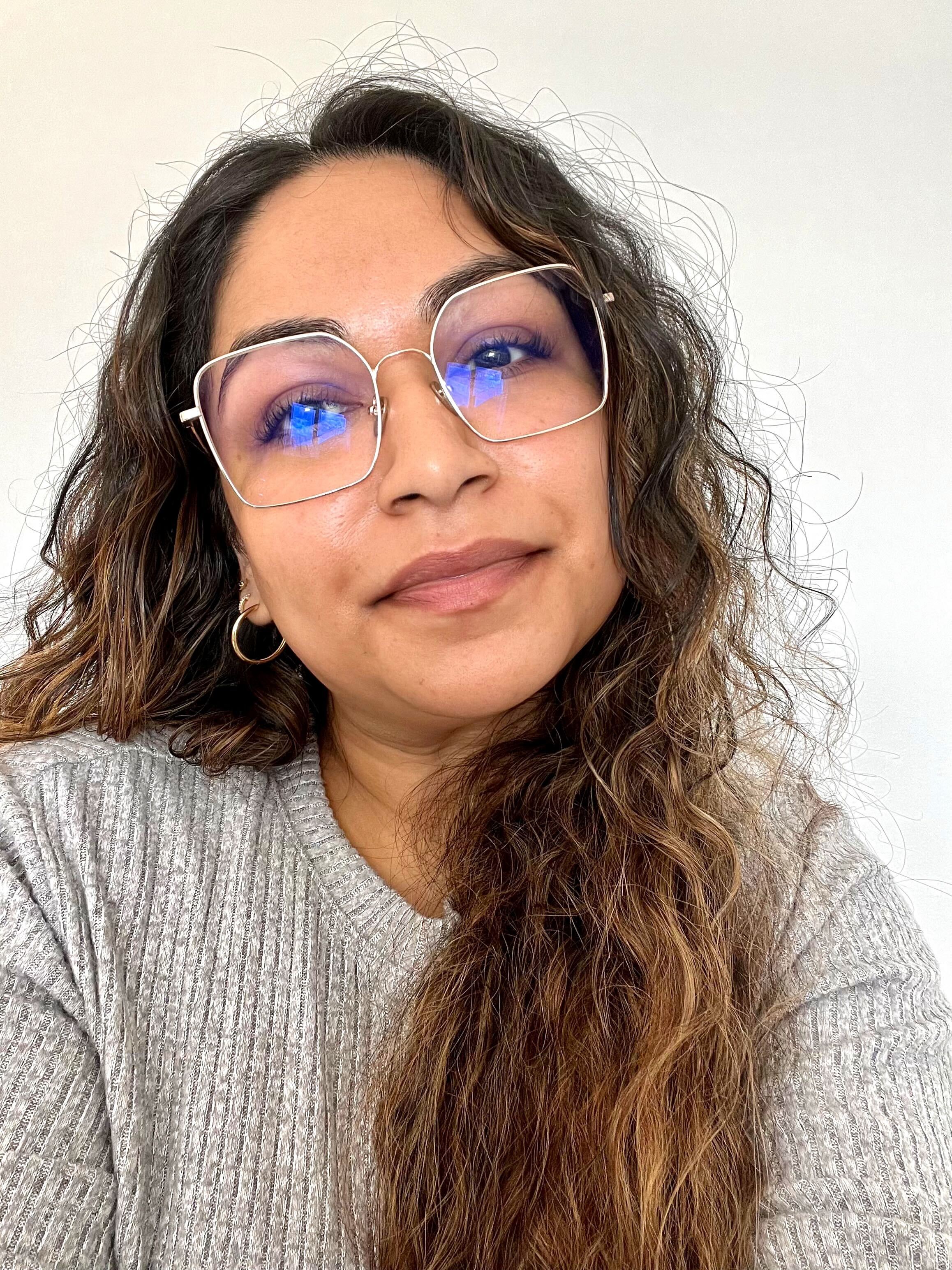
Aleesha is Beauty eComm Editor at woman&home, where she gets to share her expertise into all the best techniques, sharpest tools and newest products—with a particular savvy in skincare and fragrance.
Previously, she was Deputy Editor and Beauty & Fashion Editor for My Imperfect Life, where she headed up the beauty, fashion and eCommerce pages. In the past, she has contributed to a number of women's lifestyle publications, including Women's Health and Stylist, and has earned an MA in Magazine Journalism from City, University of London and an AOP awards nomination for her past work on woman&home's news team.
You must confirm your public display name before commenting
Please logout and then login again, you will then be prompted to enter your display name.